As the number of cases of COVID-19 began rising, the need for a reliable testing technique was felt all across the world. Of the different ways of detecting the presence of the Novel Coronavirus, the Real Time Reverse Transcriptase Polymerase Chain Reaction (RT-PCR) test is one of the most accurate tests available today. Here is all you need to know about what the RT-PCR test is:
What is the RTPCR test?
Available at a very affordable cost, the RT-PCR test is a molecular test that is performed to check whether a person is suffering from COVID-19. RT-PCR is a nuclear-derived method and can detect the presence of particular genetic materials, which are generally found in pathogens, including viruses.
What Does the RT-PCR Test Detect?
All types of viruses, including the SARS-CoV-2 virus, contain genetic material, which can either be deoxyribonucleic acid (DNA) or ribonucleic acid (RNA). The COVID-19 virus contains RNA, which signifies that the virus relies on healthy cells, which it infiltrates to multiply.
The sample collected from an individual is treated till it is stripped down and only the genetic material remains, which is then converted into DNA using the Reverse Transcription method, as DNA is the only genetic material that can be amplified.
Amplifying the genetic material in the collected sample is a key part of generating the RT-PCR test result, the RNA first needs to be converted into DNA, which is the only genetic material that can multiply. The process of Reverse Transcription is performed using a particular enzyme to convert the RNA into DNA, which is then amplified to a quantity that has enough amounts of the target sections of the viral DNA to allow for an accurate RT-PCR test result.
Is It Time for an RT-PCR Test?
Your doctor may recommend you get an RT-PCR test done if you are showing any symptoms of the COVID-19 virus. Some of the most common symptoms of the virus include:
- Fever or chills
- Cough
- Difficulty in breathing
- Fatigue
- Constant body ache
- Headache
- Loss of taste or smell
- Sore throat
- Congestion or runny nose
- Nausea
- Diarrhoea
However, a number of people who are suffering from COVID-19 are asymptomatic, which means that even when they are COVID-positive, they may not show any symptoms of the disease. So, if you have been exposed to someone suffering from COVID-19 or suspect exposure, it is a good idea to book an RT-PCR test to rule out any possibility of you suffering from the same.
These days, you can also opt for a home collection of the sample for your RT-PCR test as well.
About Sample Collection
For the RT-PCR, a nasal swab from inside your nostrils and a swab from inside your throat will be collected. The throat and nasal swabs for the RT-PCR test will then be sealed in a tube and sent to an ICMR approved lab for testing.
Understanding the RTPCR Range and Your Score
The RT-PCR test report will give you a negative or positive result.
Positive RT-PCR Value: You are likely to have been infected with the COVID-19 virus. You can be asymptomatic, or you could be showing symptoms, but most people can recover from the infection safely at home as well. However, if the infection does not get better for more than two weeks or if your symptoms seem to worsen, you should contact your doctor immediately.
Negative RT-PCR Value: This implies that you were not infected with COVID-19 at the time of sample collection. However, it is also possible to get a negative result if you were infected but the virus was in its incubation period. If you get a negative result and start noticing symptoms sometime later, you should get the test performed again.
What is the CT Value in Your RTPCR Report?
The CT score or value in the RT-PCR report is an important part of your result and stands for ‘Cycle Threshold’. As mentioned earlier, the RT-PCR test involves converting the RNA collected from the patient’s sample into DNA and then amplifying it. The CT value or score in the RT-PCR test refers to the number of cycles it took for the fluorescence to be detected over the background signal. In simpler words, the CT score in RT-PCR is the number of cycles it took to detect the viral load.
Understanding the CT Range for RT-PCR Tests
If the virus is not detected in a few cycles, the CT score of the RT-PCR test will keep increasing. A higher number of cycles means that the virus was undetectable in lower cycles. So, what the CT value is in your RT-PCR report helps determine the viral load and transmission potential of the virus.
So, if the CT value is low, it means it took a lesser number of cycles to detect the virus, implying a higher viral load and higher transmissibility. A higher CT value on the other hand means a lower viral load as well as transmissibility.
The CT Range in RT-PCR
The ICMR has defined a basic CT range for RT-PCR tests to help diagnose the COVID-19 infection:
- More than 35: If the CT value in your report is 35 or more, it is considered to be a negative report. Additionally, it could also mean that the virus is in its initial stages and replication in the body has just started. It can also indicate later phases of the infection when the person is recovering. Clinical interpretation is necessary here.
- 25-35: Moderate viral load and transmissibility. Whether you have symptoms or are asymptomatic, you need to isolate yourself and begin treatment as soon as possible.
- Less than 25: High viral load and transmissibility. Immediate isolation and medical consultation.
Always look out for ICMR-approval when it comes to choosing a diagnostic centre or a lab for getting your RT-PCR test done. Given the nature and effect of the COVID-19 virus, many labs also offer home sample collection facilities for the test. If you have recently been in contact with a COVID-infected individual or are showing symptoms of the virus, make sure you get tested as soon as possible. In case of a positive result, consult your doctor and observe appropriate precautions like isolation immediately, and get medical care if the infection seems to get worse.
Book Covid-19 RT PCR Test Near You
- Covid-19 RT PCR Test in Gurgaon
- Covid-19 RT PCR Test in Noida
- Covid-19 RT PCR Test in Delhi
- Covid-19 RT PCR Test in Dehradun
- Covid-19 RT PCR Test in Chandigarh
- Covid-19 RT PCR Test in Mumbai
- Covid-19 RT PCR Test in Punjab
Frequent Answer Question
Q1: Is it possible to have COVID-19 even if I don’t have a fever?
Ans: Yes. Coronavirus can cause a number of symptoms, including fever, cold, cough, body aches, and nausea. However, there have also been cases where individuals tested positive despite not having any COVID-19 symptoms. Therefore, it is advisable that people get tested for COVID-19 using a rapid RT-PCR, especially if they come into touch with someone who is COVID positive.
Q2: How is the sample collection for antigen and RT-PCR tests done?
Ans: A throat and nasal swab are necessary for the COVID-19 RT-PCR test to produce reliable findings. On the other hand, a nasal swab can be used to do a rapid antigen test.
Q3: Is the RT-PCR test more accurate as compared to the rapid antigen test?
Ans: One of the most reliable coronavirus test methods is the RT-PCR test since it generates a more thorough report. Through the use of specific proteins and genetic material (RNA) present in the samples, the RT-PCR test can identify the presence of coronavirus.













 7982100200
7982100200



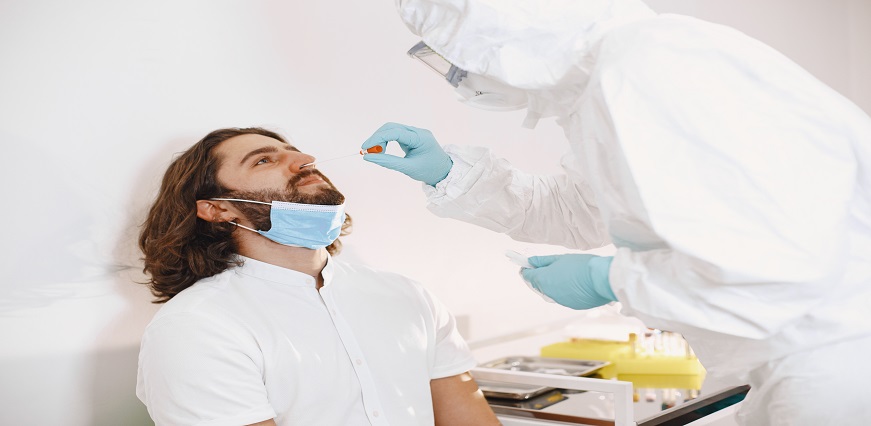
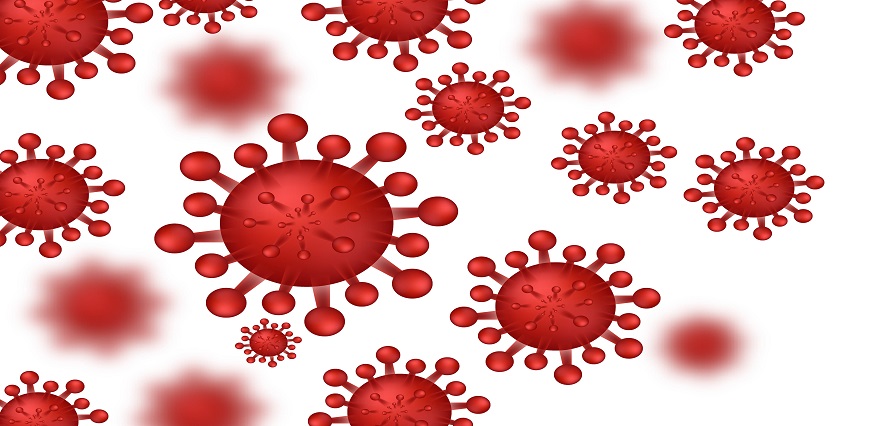
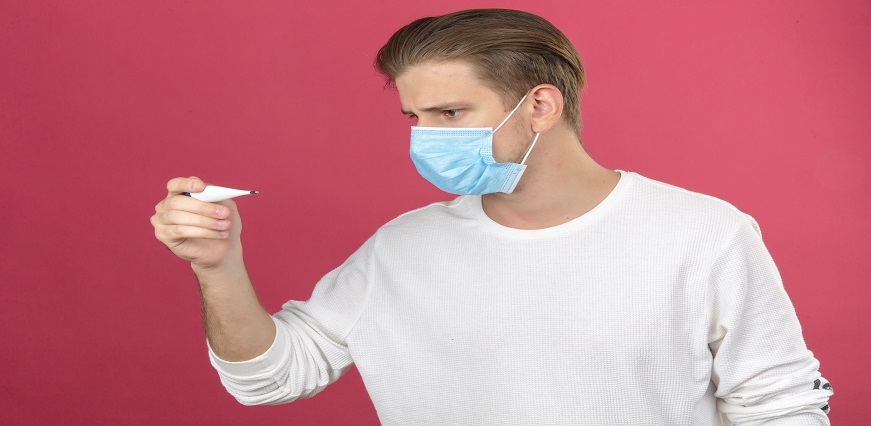
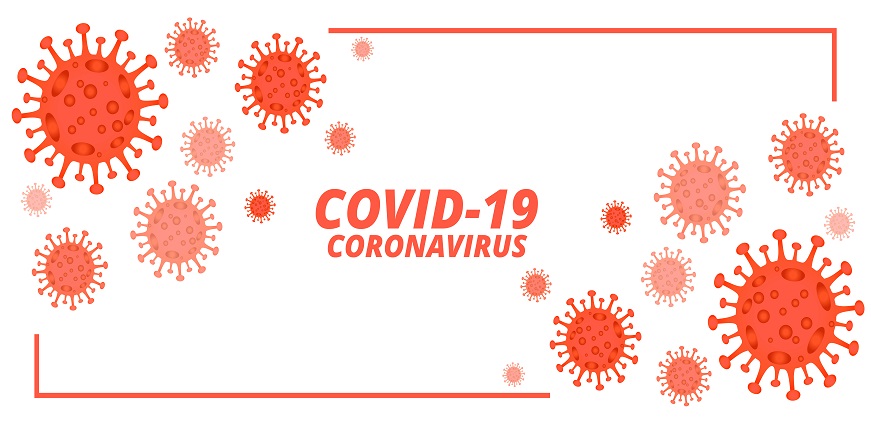
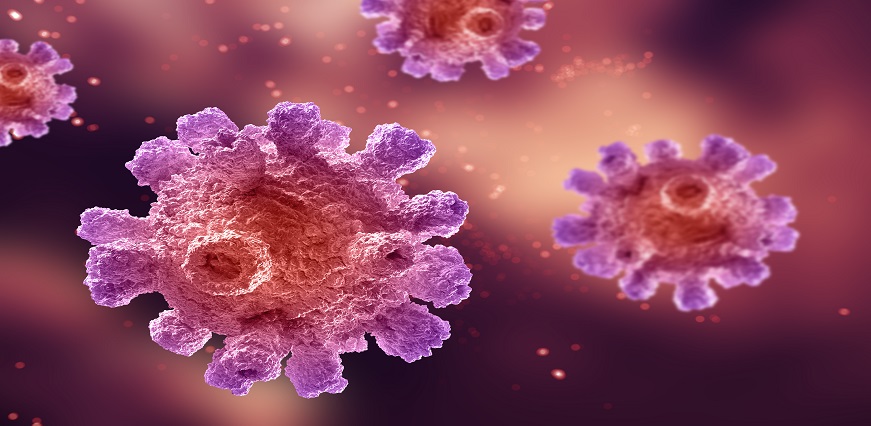
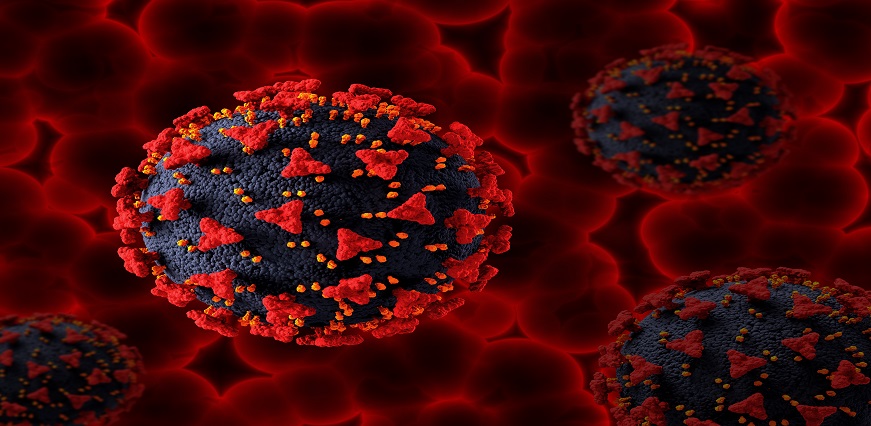
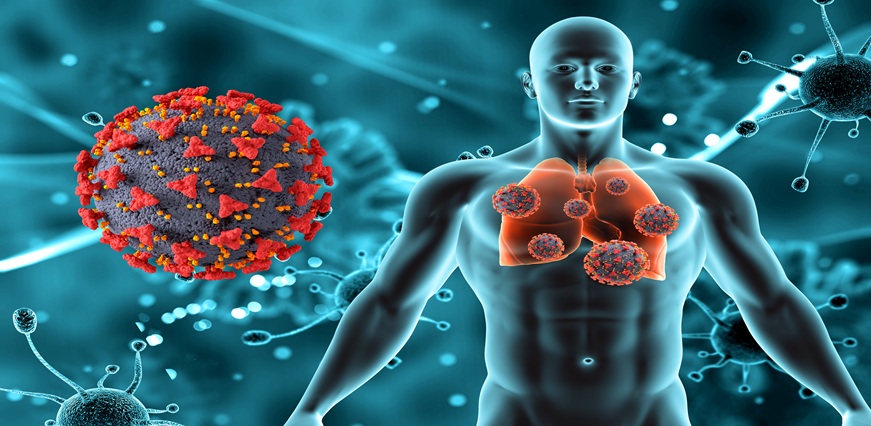
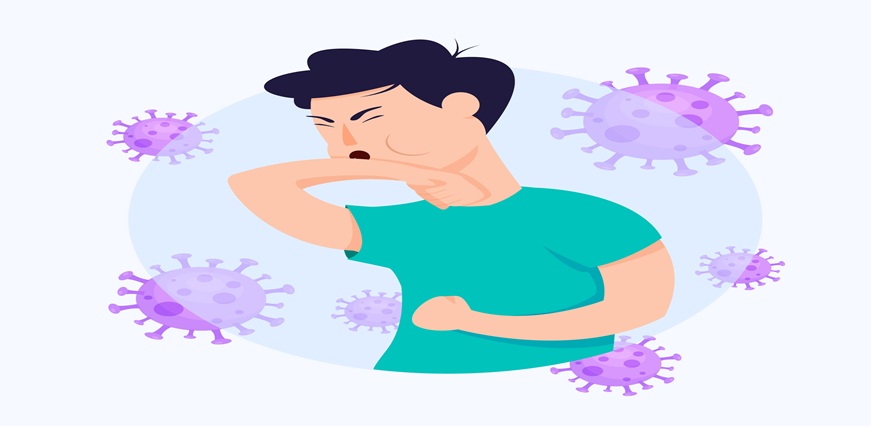













 To reach our help desk call 9213188888
To reach our help desk call 9213188888.png)
Comments
helpful information, Thanks for sharing with us.